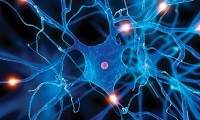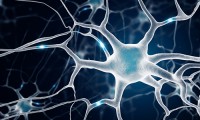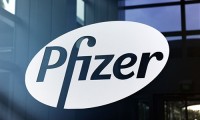-
Investigational Therapy For ALS Extends Patient Survival
- Source: EurekAlert
- 734
- July 19, 2018
-
Amyotrophic Lateral Sclerosis Patients Found New Hope
- Source: Ddu
- 646
- May 28, 2018
-
Sangamo and Pfizer announce collaboration for development of zinc finger protein gene therapy for ALS
- Source: Prnewswire
- 698
- January 9, 2018
your submission has already been received.
OK
Subscribe
Please enter a valid Email address!
Submit
The most relevant industry news & insight will be sent to you every two weeks.







